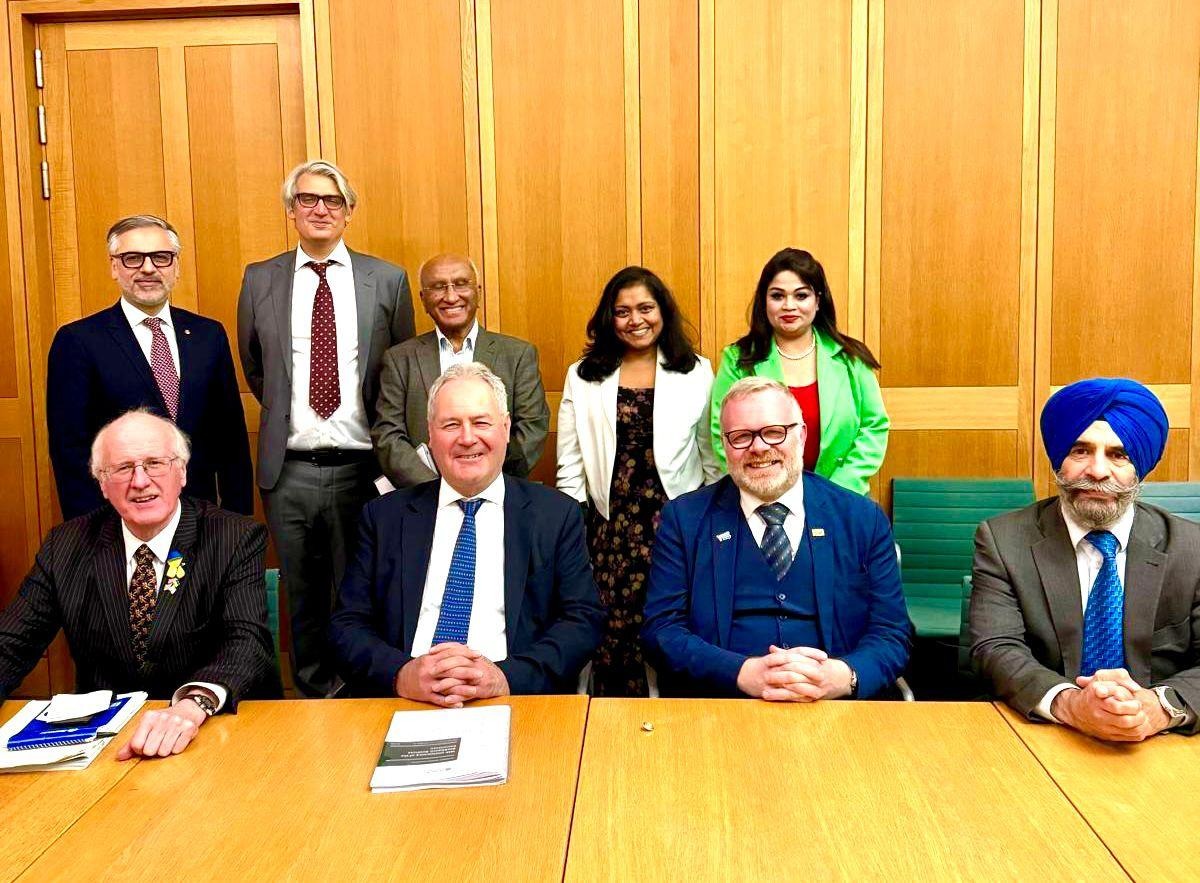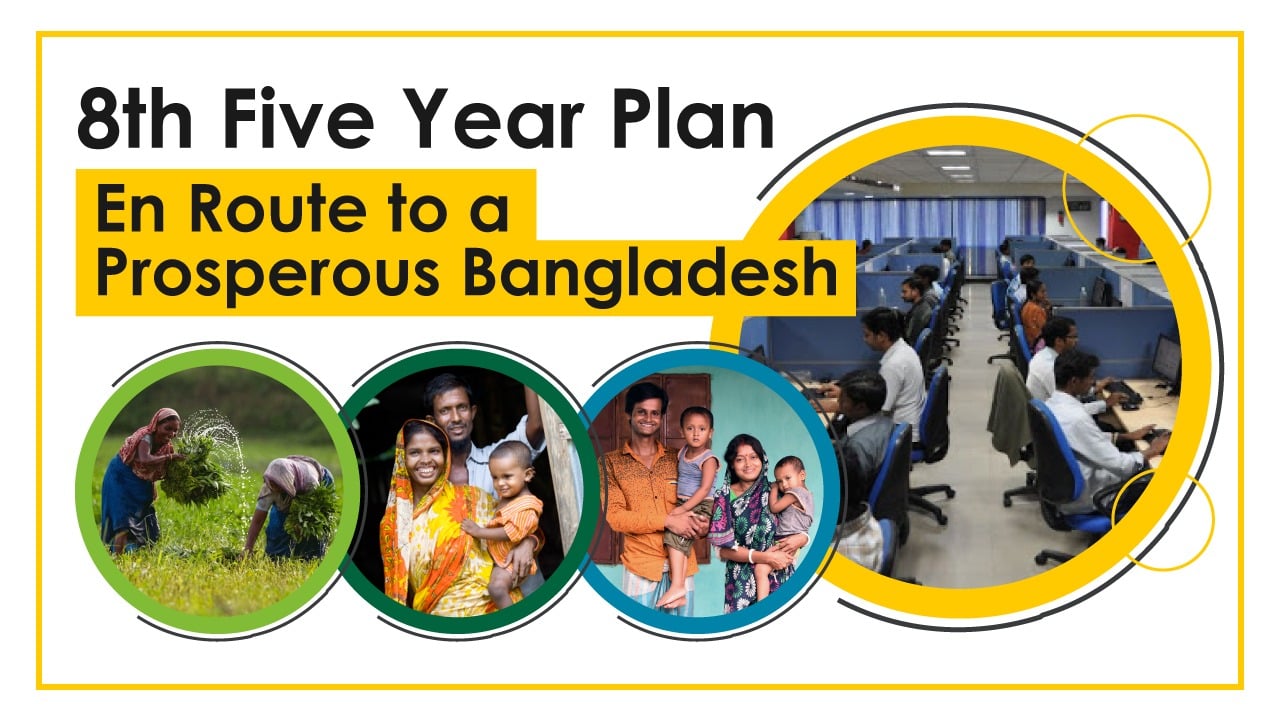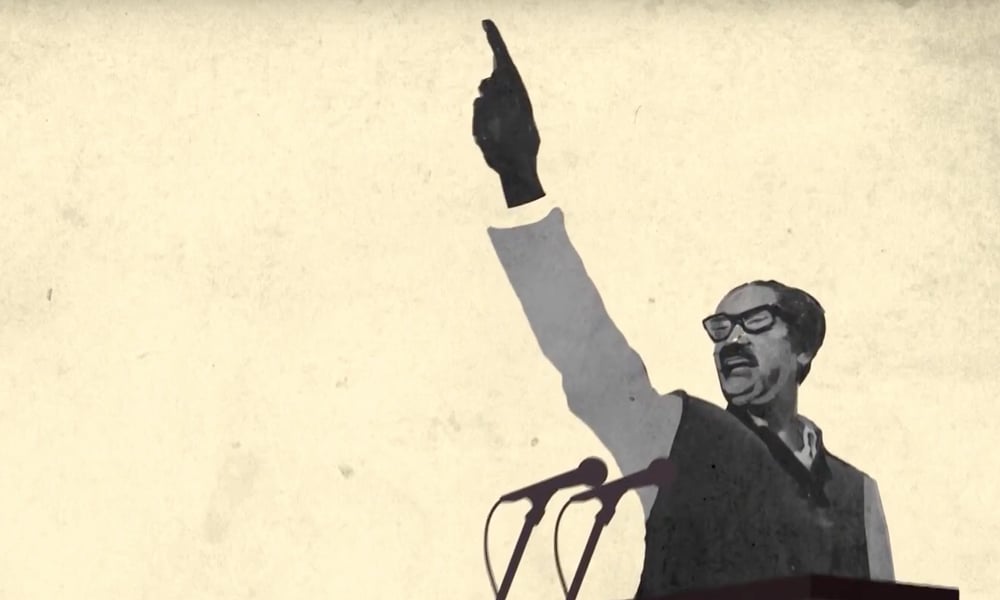3587
Published on March 18, 2014One of the prominent projects which was undertaken by the Awami League government was “One House, One Farm” project. But government changed before the implementation of the project. New government stopped the development of this project for no reason. When Bangladesh Awami League formed the government for the second time, they reincarnated the project. The first priority of the new government was alleviating poverty from Bangladesh. Bangladesh Awami League is determined to cut down poverty by 2015. To keep this promise of a poverty of Bangladesh Bangladesh Awami League has decided to implement “One House, One Farm” project successfully.
Rationale of this project:
Bangladesh is a developing country. But it is also true that almost 26 percent people of Bangladesh live below the poverty line. Hence the eradication of poverty occupies the foremost place in Bangladesh’s development programs. On the other hand Bangladesh Awami League government has also emphasized on poverty alleviation by creating more employment opportunities. Earlier we have sid that agriculture is the main driving force behind the economic development of Bangladesh. Existing poverty cycle can be broken if the poor are allowed to have access to resources and justice. Keeping these facts in mind the project has been undertaken to enhance the status of the rural poor.
This project has enabled the rural poor and the community people to find for their self-employment opportunities with the physical and financial supports to be offered by the project. Besides, the village organizations organized under the project now working as the driving force to mobilize the poor including the women. In this way the disadvantaged and excluded groups of people including the women would are now integrated with the process of empowerment. Thus, the project is helping to increase production of all types and alleviate rural poverty.
Target beneficiaries:
In the project areas, the heads of the following categories of households will be considered as target population to be determined based on the following criteria:
1. Poor women-headed households in the village;
2. Households having only homestead;
3. Landless people those who own land up to 0.50 acre of land including homestead and who earn their livelihood by selling manual labour and have no regular sources of income.
4. Small and marginal farmers having up to 2.50 acres of land including homestead.
The above sequence will be given priority in selecting beneficiaries. In case of backward/char areas, households having land up to 4.00 acres can also be included as project beneficiaries. However, with a view to improving the socio-economic conditions of the poor, the landless and marginal farmers, different activities covering all aspects of their lives will be preferentially initiated under the project.
One House, One Farm Project: In a brief (till July-2013):
One House, One Farm project was approved by ECNEC in 10-11-2009. The cost of this project was determined to be 1197 crore Taka. The first phase of the implementation of this project was decided from July 2009 to June 2014. This project was initiated in order to ensure livelihood of the 5, 78,400 families from 9640 villages of 1928 unions.
At the first phase of the project 17,300 village community has been created from June 2010 to June 2013. The total number of beneficiary families from this communities are 10,38,000. Apart from this, there are almost 51,000,00 beneficiaries who are getting benefitted directly or indirectly from this project. Each association consists of maximum 60 and minimum 40 members. Some groups are formed from these associations. Then all the groups take up suitable jobs for them. Such as: poultry farm, fisheries, dairy farm, gardening etc. This kind of jobs help them to be solvent.
Under this project, the associations are given the same amount of money from the government that they manage to save in the association. In this way the associations which have been created under this project now has a savings of 355 crore taka. On the other hand the government has given a total of 355 crore taka to the associations. These associations have been allocated a revolving debt of tk 490 crore. Cumulatively the total fund under this project is worth of 1,332 crore taka.
Under this project 6,80,000 livelihood based small farms have been established. In last one year, incomes of per family have been increased by 10,921 taka. The number of low income family in the project area has been decreased from 15 % to 3 %. Apart from this the number of the families of increased income has been increased from 22 % to 31 %.
On the second phase of this project, 40,527 village associations will be created by 2015. By 2015, 24,26,340 families will be under this project. The number of direct and indirect beneficiaries will be 1 crore 21 lakh. 2,83,700 individuals will be trained under this project.
Hundred percent success rates:
Till now this project has achieved almost 100 % success rate. Such as:
1. 17,000 village associations have been established (99% achieved)
2. 10,38,000 beneficiaries have been selected (99% achieved)
3. 1,04,924 individuals have been trained ( 99 % achieved)
4. The associations now have a fund of 262 crore taka
Bangladesh Awami League is determined to alleviate the poverty from Bangladesh by creating more employment opportunity. Hence “One House, One Farm project. This project will help our agriculture sector to boost and it will also help Bangladesh to be a developed country.














